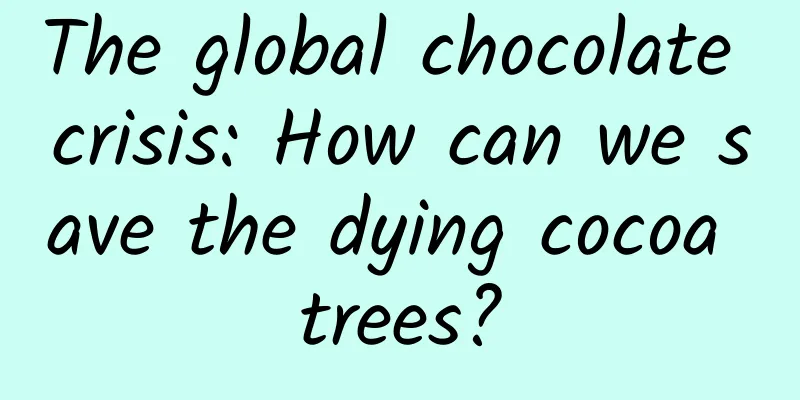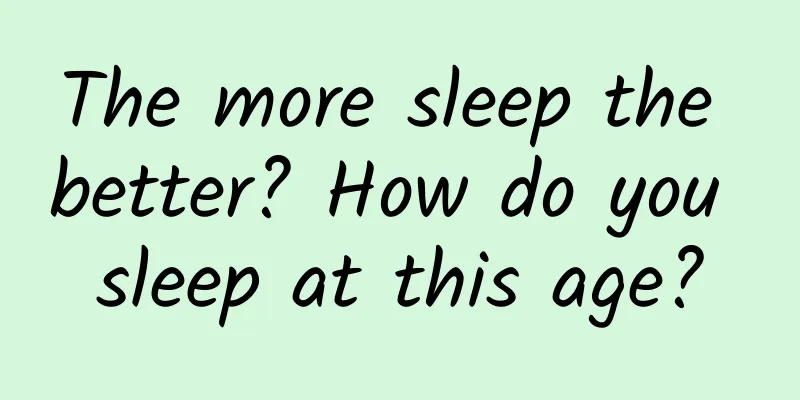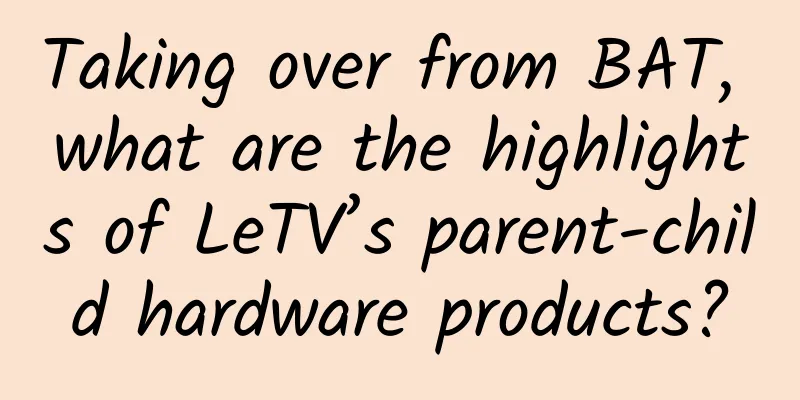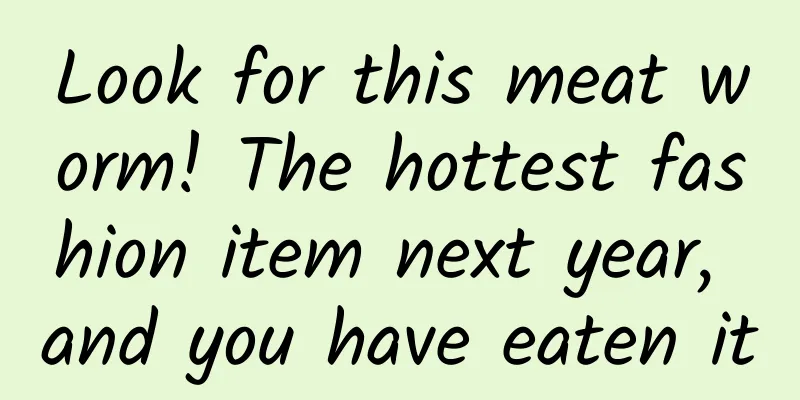The global chocolate crisis: How can we save the dying cocoa trees?

|
Compiled by: Gong Zixin chocolate-- The world's most popular cuisine Facing a supply crisis Did you know? About 50% of the world's chocolate Cocoa trees from the West African countries of Ivory Coast and Ghana However A rapidly spreading, destructive virus The attack on Ghana's cocoa trees 15% to 50% harvest loss The surprising thing is Recently Researchers developed a new strategy Can inhibit the spread of viruses The virus, called cocoa swollen bud virus disease (CSSVD), is spread by tiny insects called mealybugs (Pseudococcidae, Homoptera) that eat leaves, buds and flowers and are one of the most destructive threats to the root ingredient of chocolate. Infection occurs when mealybugs pick up viruses from infected cocoa or other host plants and deposit them in healthy cocoa trees during feeding. "This virus poses a real threat to the global chocolate supply," said Benito Chen-Charpentier, a professor of mathematics at the University of Texas at Arlington and author of "Cocoa Sustainability: The Case of Swollen Bud Virus Co-infection," published in the journal PLOS ONE. "Pesticides are not very effective against mealybugs, and farmers can only prevent the spread of the disease by cutting down infected trees and breeding insect-resistant trees. But despite these efforts, Ghana has lost more than 254 million cocoa trees in recent years." Farmers can combat mealybugs by vaccinating trees to protect them from the virus, but vaccines are expensive, especially for low-income farmers, and vaccinated trees produce lower yields, exacerbating the damage done by the virus. Chen-Charpentier and colleagues developed a new strategy: using mathematical data to determine how far apart farmers can plant vaccinated trees to prevent mealybugs from jumping from tree to tree and spreading the virus. “Mealybugs can move in several ways, including from one canopy to another, carried by ants or blown by the wind,” Chen-Charpentier said. “What we need to do is create a model for cocoa farmers so they can know how far to plant vaccinated trees from unvaccinated trees to prevent the spread of the virus while keeping costs manageable for these smallholder farmers.” By experimenting with mathematical modelling techniques, the team created two different types of models that allowed farmers to create a protective layer of vaccinated cocoa trees around unvaccinated cocoa trees. Chen-Charpentier stressed that while these models are still in the experimental stage, they will help farmers protect their crops while helping them to get better harvests, which will also benefit our global addiction to chocolate. |
>>: Summer is coming, is it reliable to lose weight by sleeping?
Recommend
The new domestically produced Mercedes-Benz GLC will be lengthened. Do you want to remove the L logo?
Recently, the information of the Ministry of Indu...
Facebook dominates mobile! Daily active users reach 800 million
[[132525]] As Internet users around the world swi...
Have you crossed your legs today?
Surprise check: Are you crossing your legs at thi...
APP promotion and operation: How to improve user traffic conversion
Traffic is the object of operations . How to quic...
What are the future business opportunities for the color TV industry, which is stuck in the vicious circle of increasing volume but not revenue?
At present, as the main region for color TV produ...
Pear Diet: Why does a website's homepage ranking depend on what users want?
It is no use having a good website that just look...
Is the poor advertising business due to not touching user data? Zhou Hongyi's new remarks remind netizens of 360's dark history
The Internet has memory, and netizens have sharp ...
How to make money online? Data recovery project is a good choice
In life, everyone has the experience of wanting t...
How do Tencent designers optimize designs? This case study is so vivid!
Usually the designs I make are relatively simple ...
What are the advantages of news app development?
In this era of information explosion, are you sti...
How to use user tags to improve activity conversion rate?
In the field of operations , tags are usually a t...
The Top 1 Chinese University is controversial, but the Top 1 Chinese University Food must be this!
The Top 1 Chinese University is controversial, bu...
Audrey Hepburn's 27 movies collection (1951-1989) Baidu cloud download, Audrey Hepburn classic movies Audrey Hepburn's classic movies
Audrey Hepburn 27 films from 1951 to 1989 + 8 rel...
Electric Technology Car News: How to choose a hard-core SUV? Trumpchi's new GS7 vs. Harvard H7
Launching two or even more cars at the same time i...
Product Marketing 7P Strategy Guide
While product marketing is an important function ...









